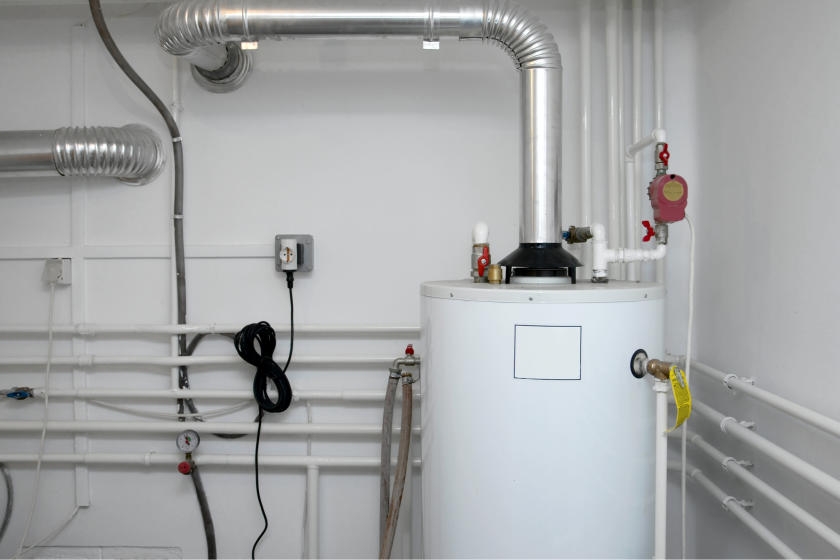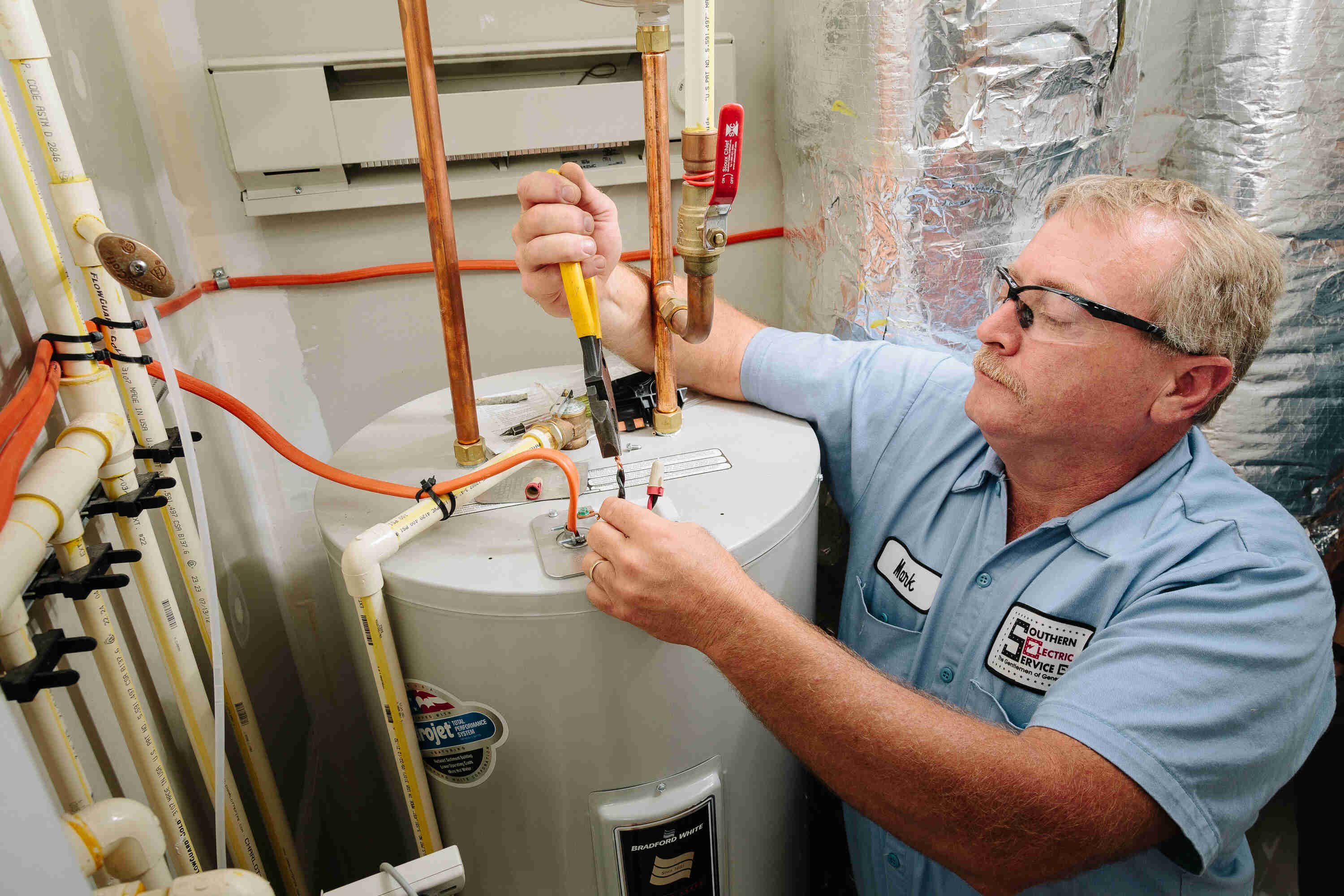What're your insights and beliefs on How to Maintain a Hot Water Heater in a Few Simple Steps?

Hot water is necessary for daily comfort, whether it's for a refreshing shower or cleaning recipes. To ensure your hot water system runs successfully and lasts much longer, normal upkeep is key. This post supplies useful suggestions and insights on how to keep your home's warm water system to avoid interruptions and pricey fixings.
Introduction
Preserving your home's hot water system could appear difficult, yet with a couple of simple actions, you can ensure it operates efficiently for years ahead. This guide covers everything from comprehending your hot water system to DIY maintenance suggestions and knowing when to call expert assistance.
Value of Preserving Your Hot Water System
Routine upkeep not only extends the lifespan of your hot water system but additionally guarantees it runs successfully. Overlooking maintenance can result in reduced effectiveness, higher power expenses, and even early failing of the system.
Signs Your Warm Water System Needs Maintenance
Recognizing when your hot water system requires interest can avoid significant concerns. Look out for signs such as inconsistent water temperature, unusual noises from the heater, or rustic water.
Flushing the Water Heater
Flushing your water heater gets rid of debris build-up, enhancing performance and lengthening its life.
Checking and Replacing Anode Rods
Anode rods protect against rust inside the container. Evaluating and replacing them when worn is important.
Facility Concerns Needing Professional Aid
Examples include major leaks, electrical issues, or if your water heater is continually underperforming.
Regular Specialist Upkeep Perks
Specialist upkeep can consist of detailed assessments, tune-ups, and making sure conformity with security criteria.
Inspecting and Adjusting Temperature Setups
Readjusting the temperature setups guarantees ideal efficiency and safety.
DIY Tips for Upkeep
You can execute several upkeep jobs yourself to keep your hot water system in top condition.
Checking for Leaks
Regularly inspect pipes and links for leaks, as these can lead to water damage and greater bills.
Recognizing Your Hot Water System
Prior to diving right into maintenance tasks, it's handy to comprehend the standard elements of your hot water system. Usually, this includes the water heater itself, pipelines, anode poles, and temperature controls.
Regular Monthly Upkeep Tasks
Normal month-to-month checks can help capture small issues prior to they intensify.
Testing Pressure Alleviation Valves
Testing the stress relief valve guarantees it functions correctly and avoids excessive pressure buildup.
Protecting Pipelines
Protecting warm water pipes lowers warmth loss and can conserve energy.
When to Call a Professional
While do it yourself upkeep is valuable, some concerns require specialist experience.
Verdict
Routine maintenance of your home's warm water system is necessary for efficiency, longevity, and expense financial savings. By following these ideas and knowing when to look for expert assistance, you can ensure a dependable supply of warm water without unforeseen interruptions.
How to Maintain an Instant Hot Water Heater
Before tinkering with your hot water heater, make sure that it’s not powered on. You also have to turn off the main circuit breaker and shut off the main gas line to prevent accidents. Also turn off the water valves connected to your unit to prevent water from flowing into and out of the appliance. 2. When you’re done, you have to detach the purge valves’ caps. These look like the letter “T” and are situated on either side of the water valves. Doing so will release any pressure that has accumulated inside the valves while at the same time avoid hot water from shooting out and burning your skin. 3. When the purge valves’ caps are removed, you have to connect your hosing lines to the valves. Your unit should have come with three hoses but if it didn’t, you can purchase these things from any hardware or home repair shops. You can also get them from retail stores that sell water heating systems. Read the user’s manual and follow it to complete this task properly. When the hosing lines are connected, open the purge port’s valves. 4. You should never use harsh chemical cleaners or solutions when cleaning your unit. Make use of white vinegar instead. It should be undiluted and you’ll probably use about 2 gallons. 5. Now flush your water heater. This task should probably take about 40 minutes. We can’t give you specific directions for this because the procedure is carried out depending on the type, model and brand of your heater. With that being said, refer to the user’s manual. 6. When you’re done draining the unit, you have to turn off the purge port valves again. Remove the hosing lines that you earlier installed on each of the water valves. Put the valve caps (purge port) back in their respective places and be very careful so as not to damage the rubber discs that are found inside these caps. 7. Now that everything’s back in place, check your user’s manual again to find out how to reactivate your water heating system. 8. Once it is working, turn one of your hot water faucets on just to let air pass through the heater’s water supply pipes. Leave the tap on until water flows smoothly out of it. https://www.orrplumbing.com/blog/2014/september/how-to-maintain-an-instant-hot-water-heater/

I recently found that piece on Tips on Maintaining a Water Heater when surfing around the search engines. I beg you take the time to share this content if you enjoyed it. Bless you for being here. Kindly visit our blog back soon.
Schedule Now